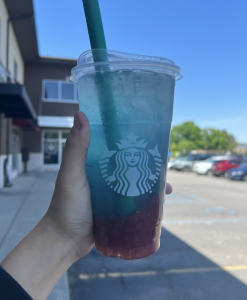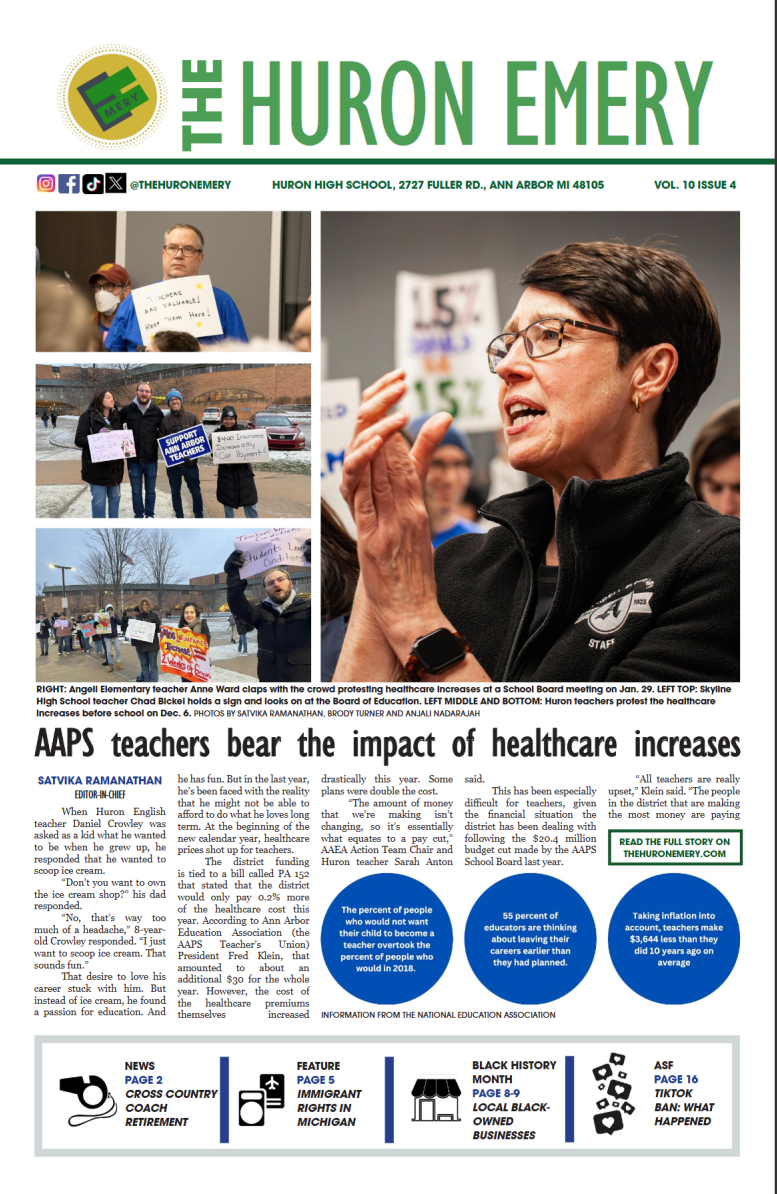How the recent pandemic has fostered racism and xenophobia
April 29, 2020
In March, as COVID-19 was spreading across the United States, the president of the United States classified the virus as the “Chinese virus” linking this pandemic to China. This linking of COVID-19 with the Chinese implied that they carried it here or that they were sick from it. Creating a connection between a race and a virus is blatant racism and needs to be called out. This led Chinese Americans to feel so attacked that the president had to specifically tweet “It is very important that we totally protect our Asian American community in the United States.” This phenomenon is not unique as other news outlets have called it the “Wuhan virus” and the “Chinese Communist Party virus.” Assigning such names and linking an ethnic group or country to a virus has already created hate and discrimination towards Asian Americans.
It is very important that we totally protect our Asian American community in the United States, and all around the world. They are amazing people, and the spreading of the Virus….
— Donald J. Trump (@realDonaldTrump) March 23, 2020
The New York Times reported in an article titled “Spit On, Yelled At, Attacked: Chinese Americans Fear for Their Safety” of many instances of racism aimed at Asian Americans, including public harassment. A hate crime is defined as causing suffering and violence because of someone’s religion, race, or sexual orientation. Data shows that in only a week, from March 20 to March 26, there were more than 650 hate crimes and attacks reported by Asian Americans. The FBI warns against a surge of hate crimes due to COVID-19.
Public tensions have risen as videos of people fighting in supermarkets have gone viral and gun sales have risen; demonstrating that people are feeling more and more unsafe. However, this is not the first time a minority group or the “other” has been blamed for a pandemic.
Irish Catholics immigrating to the United States were blamed for the 1832 Cholera outbreak, they were regarded as “ignorant” and “filthy.”
During WWI, all countries involved in the war had an outbreak of the Spanish flu. While no one knows where it got its name, the Spanish flu didn’t originate from Spain, but because countries involved in the war didn’t want to damage morale they forbid reporting of the flu in their countries. They only allowed reporting in neutral Spain, and so the flu was named the Spanish flu. Due to the naming, Spanish people were treated as dangerous or infectious. People were scared of them because they were associated with a virus, and this kind of racism should not be tolerated.
The trend of blaming the “other” does not end with public health issues. In 1878, California local politicians created anti-Chinese animosity by blaming staggering wages on Chinese immigrants. This racism led to the infamous Chinese Exclusion Act of 1882 that banned Chinese immigration to the U.S.
In times of crisis, people search for scapegoats to focus the blame on, and it’s understandable. When a crisis that is unexpected changes people’s lives forever, they turn to blame others. However, there is no one to blame and it is dangerous to think there is.
Some would argue the Chinese Communist Party is to blame for the pandemic. Their reasoning involves the Chinese government’s actions of shutting down early whistleblowers, downplaying the threat of the virus in the beginning and misrepresenting the number of deaths in Wuhan, China. While these are all valid criticisms, it is imperative that we focus on fighting the virus, not people.
The nation is currently facing two crises at the same time; a deadly virus has led to tens of thousands of deaths and an economic recession that will affect Americans’ lives for years to come.
This realization can seem pretty grim, but there is another way for us to approach the crisis – a better response than being desperate to blame someone. We can become united against a common enemy and put our differences aside to defeat a universal threat. A threat that we can only take down together. Right now all of us have a common factor: being isolated in solitary units, and it can become our unifying factor or the thing that keeps us apart.










Azadeh • Apr 30, 2020 at 12:58 am
You nailed it Sepehr! Keep up the good work.
Sina Haghayegh • Apr 29, 2020 at 3:22 pm
How impressive your point of view is.